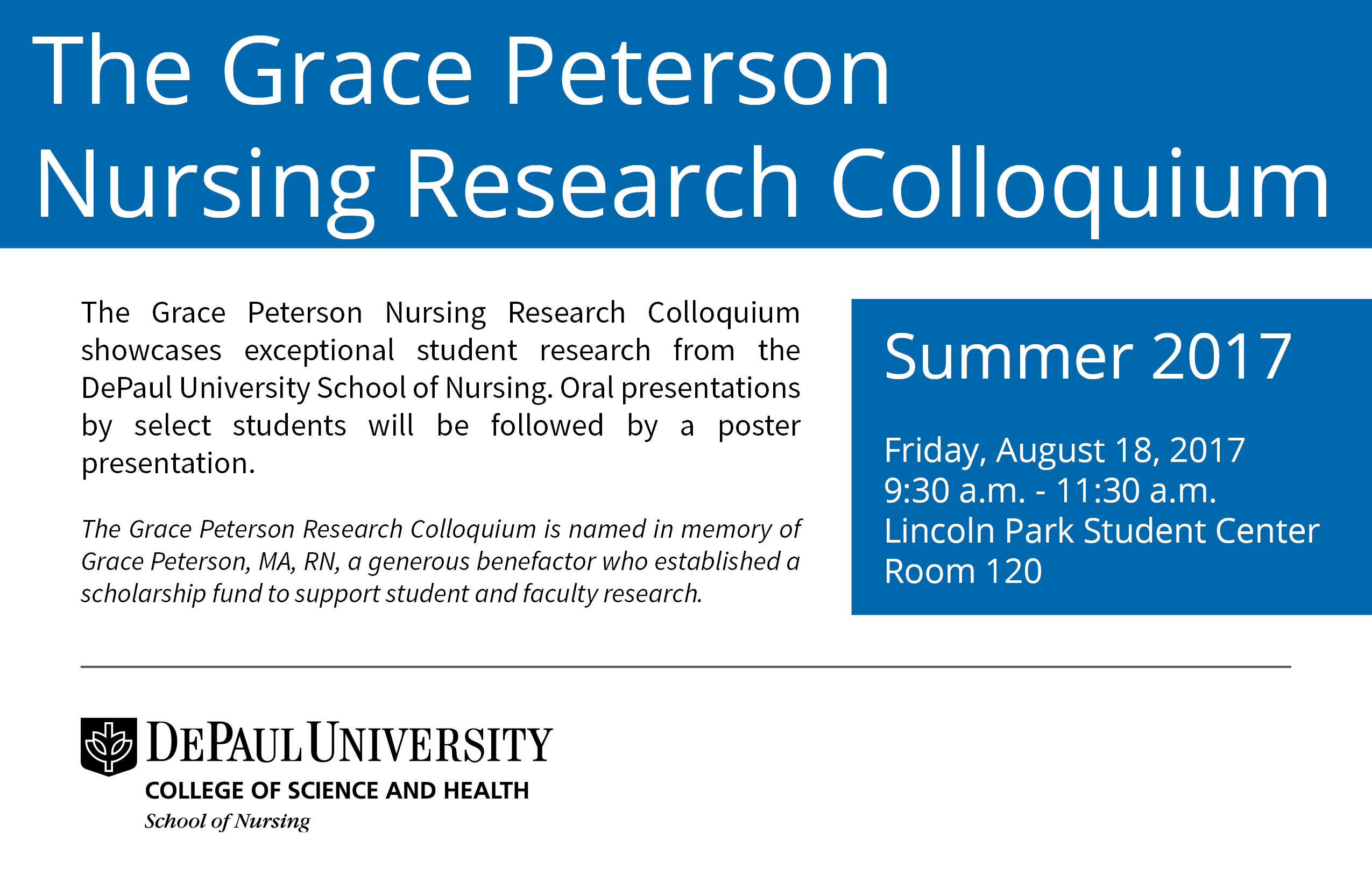Title of Research
Start Date
18-8-2017 10:00 AM
End Date
18-8-2017 11:30 AM
Abstract
Background: The use of community advisory boards (CABs) is a source of leadership in community-based participatory research (CBPR); however, not all researchers have incorporated CABs, and others have restricted CAB involvement for feasibility purposes. Although there is literature about utilizing CABs in a variety of CBPR studies, less is known about the challenges and successes of working with persons who inject drugs (PWIDs) as CAB members in photovoice methodology, as well as their perceptions throughout the process.
Objectives: The purpose of this qualitative study was to investigate the role CABs play in photovoice research while determining PWIDs’ capacity to fulfill this role, and explore their feelings about being given a voice in the research partnership.
Methods: This study involved a CAB made of 6 PWIDs who completed participation in a photovoice study. Participants were recruited, consented, enrolled, and trained. A semi-structured interview guide was developed in collaboration with key informants and pilot tested with the community. Interviews aimed to: (1) engage the CAB in thematic evaluation of the photo-based data, (2) elicit ideas for dissemination of results, and (3) evaluate participant feelings about the researcher-participant dynamic. Interviews were held in private mobile spaces, audio recorded, and transcribed. Interview transcripts were coded and analyzed for common themes using an open-coding system.
Findings: All 6 CAB members (100%) were (1) capable of data analysis; and (2) able to articulate ideas for dissemination of the findings; (3) enjoyed their roles and desired ongoing involvement; and (4) brought meaningfulness to the participant-researcher partnership by representing the unique perspectives of the PWIDs community.
Conclusions: It is evident through this study that PWIDs are not only fully capable of data analysis and generating ideas for dissemination of findings, but also empowered enough by CAB roles to desire ongoing involvement. Study findings reveal critical implications for inclusion of PWIDs in the research partnership because of the meaningfulness they bring and gaps they fill. Themes also highlight that researcher alignment with harm reduction and ongoing community involvement facilitates trust and motivation of PWID to play a vital role in advocating for positive change.
Keywords: community advisory boards; community-based participatory research; persons who inject drugs; photovoice; meaningfulness; purpose
Included in
Community-Based Research Commons, Public Health Commons, Public Health and Community Nursing Commons
Evaluating the Role of Community Advisory Boards: with Persons Who Inject Drugs in Photovoice Research
Background: The use of community advisory boards (CABs) is a source of leadership in community-based participatory research (CBPR); however, not all researchers have incorporated CABs, and others have restricted CAB involvement for feasibility purposes. Although there is literature about utilizing CABs in a variety of CBPR studies, less is known about the challenges and successes of working with persons who inject drugs (PWIDs) as CAB members in photovoice methodology, as well as their perceptions throughout the process.
Objectives: The purpose of this qualitative study was to investigate the role CABs play in photovoice research while determining PWIDs’ capacity to fulfill this role, and explore their feelings about being given a voice in the research partnership.
Methods: This study involved a CAB made of 6 PWIDs who completed participation in a photovoice study. Participants were recruited, consented, enrolled, and trained. A semi-structured interview guide was developed in collaboration with key informants and pilot tested with the community. Interviews aimed to: (1) engage the CAB in thematic evaluation of the photo-based data, (2) elicit ideas for dissemination of results, and (3) evaluate participant feelings about the researcher-participant dynamic. Interviews were held in private mobile spaces, audio recorded, and transcribed. Interview transcripts were coded and analyzed for common themes using an open-coding system.
Findings: All 6 CAB members (100%) were (1) capable of data analysis; and (2) able to articulate ideas for dissemination of the findings; (3) enjoyed their roles and desired ongoing involvement; and (4) brought meaningfulness to the participant-researcher partnership by representing the unique perspectives of the PWIDs community.
Conclusions: It is evident through this study that PWIDs are not only fully capable of data analysis and generating ideas for dissemination of findings, but also empowered enough by CAB roles to desire ongoing involvement. Study findings reveal critical implications for inclusion of PWIDs in the research partnership because of the meaningfulness they bring and gaps they fill. Themes also highlight that researcher alignment with harm reduction and ongoing community involvement facilitates trust and motivation of PWID to play a vital role in advocating for positive change.
Keywords: community advisory boards; community-based participatory research; persons who inject drugs; photovoice; meaningfulness; purpose


